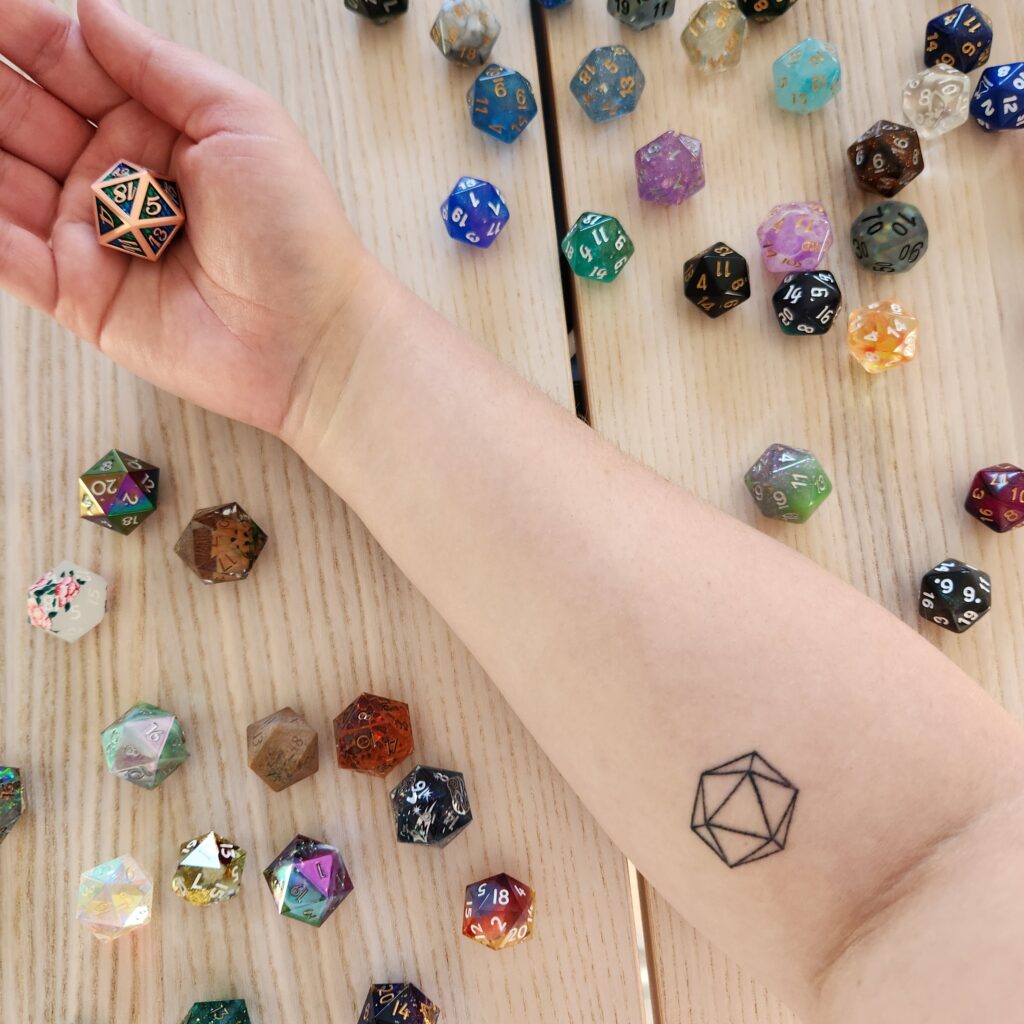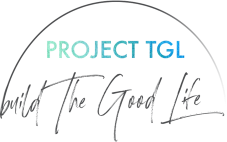Earlier this year, I got a tattoo (my first one ever). It was very exciting.
The actual experience of getting the tattoo and caring for it as it healed was surprisingly easy.
But the process leading up to getting the tattoo? Wasn’t so great.
The booking process was a bit of a mess
Firstly, the booking process was a bit of a mess. I nervously selected a tattooist, filled out the company’s online form, and then squeaked in delight a couple of days later when I received an email in response.
Once I opened the email though, I felt confused. They’d given me a booking time, and asked me to pay my deposit, but they hadn’t said how much the tattoo would cost.
So I responded asking about the cost, received a reply, and then paid my deposit.
The next day, I received an email asking whether I still wanted the appointment, because they hadn’t yet received my deposit. Given that the only payment option was bank transfer (which typically takes a few days), I was very confused by the next-day follow-up. I assured them I had paid and the money was on its way.
Two weeks later, I still hadn’t heard anything from them, so tentatively reached out to confirm that the deposit had been received and that my booking was firm. I got a one-line email back saying yes, we were good to go, but then… no information at all about what I might expect from the tattooing process.
As a nervous first-timer I desperately wanted more information, so I reached out to a much-tattooed friend who was able to tell me what to expect.
To state the obvious? This was not good customer experience.
So what does make a good customer experience?
Good customer experience is rooted in empathy
Ideally, a customer should never be confused, unsure of what to expect, or unclear on what comes next.
To create a good customer experience, you have to put yourself in the customer’s shoes and empathise with their perspective.
A great place to start is to think through every step of working with you (starting with enquiry) from their perspective. Assume they know absolutely nothing about you and your service, and — for each individual point of contact — ask yourself “what does my customer need to know right now?”
For example: when completing the contact form on your website, they might need to know what services you offer, the price range of those services, and how/when to expect a response.
(BTW if you want help with this step-by-step empathising process? My Customer Journey in a Day workbook takes you through this process in detail.)
Informed customers are good customers
The other thing I noticed about that tattoo place I went to? They seem to have a lot of last-minute cancellations and no-shows. The issue isn’t their work — the artists are great, and the studio is lovely.
I’m sure that the high number of cancellations has something to do with the permanent nature of a tattoo. But I’d be willing to bet that it also has something to do with the lack of clarity during their onboarding process.
A tattoo is the kind of thing people get nervous about. Nervous people want information and control. Without information, nervous people become anxious.
With good information, on the other hand, customers are empowered to make good decisions early on, and feel confident about sticking with their decision (e.g. the decision to show up for their appointment).
A customer who knows exactly what is and isn’t included in your service up front will be a better fit for your service when they do purchase, will feel more confident in your work together, and will be less likely to expect scope creep.
Good customer experience is win-win: clear communication, readily available information, and explicit boundaries benefit both you and your customer.
Yes, you can have a peek at the tattoo
Oh, and in case you were wondering? Despite the messy customer onboarding process for my tattoo, I’m really happy with the final result.
It feels good, at 36, to decide that I know myself well enough to make a permanent alteration to my body.
In case you were wondering, here’s what the tattoo looks like:

Yes, it’s the outline of a 20-sided dice. To me, this represents my love of games and storytelling, as well as radical self-acceptance as a person who gets deep joy and meaning from my personal interests.



